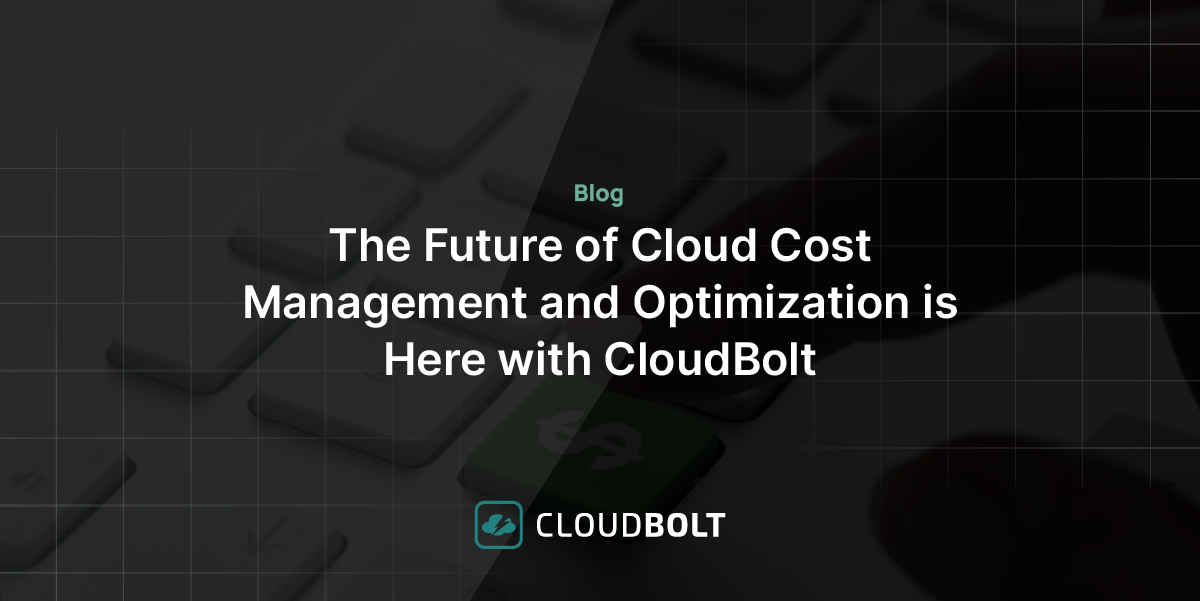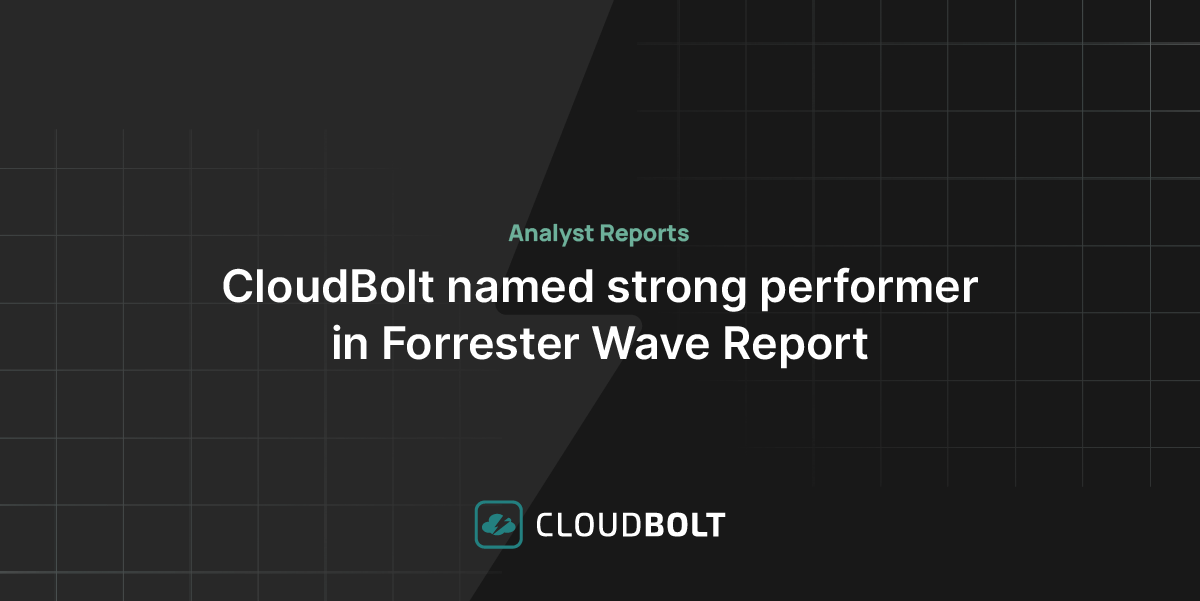In recent years, new technical content has primarily focused on the latest technologies such as Kubernetes, Terraform, serverless, and the latest public cloud services. Yet millions of VMware installations are here to stay, supporting the hybrid cloud strategy adopted by large enterprises.
Verified Market Research forecasts that the global hybrid cloud market will grow 22.8% annually to reach $283B by 2027. Many have chosen a hybrid cloud strategy due to security and compliance reasons, while some are migrating infrastructure back to data centers to save money.
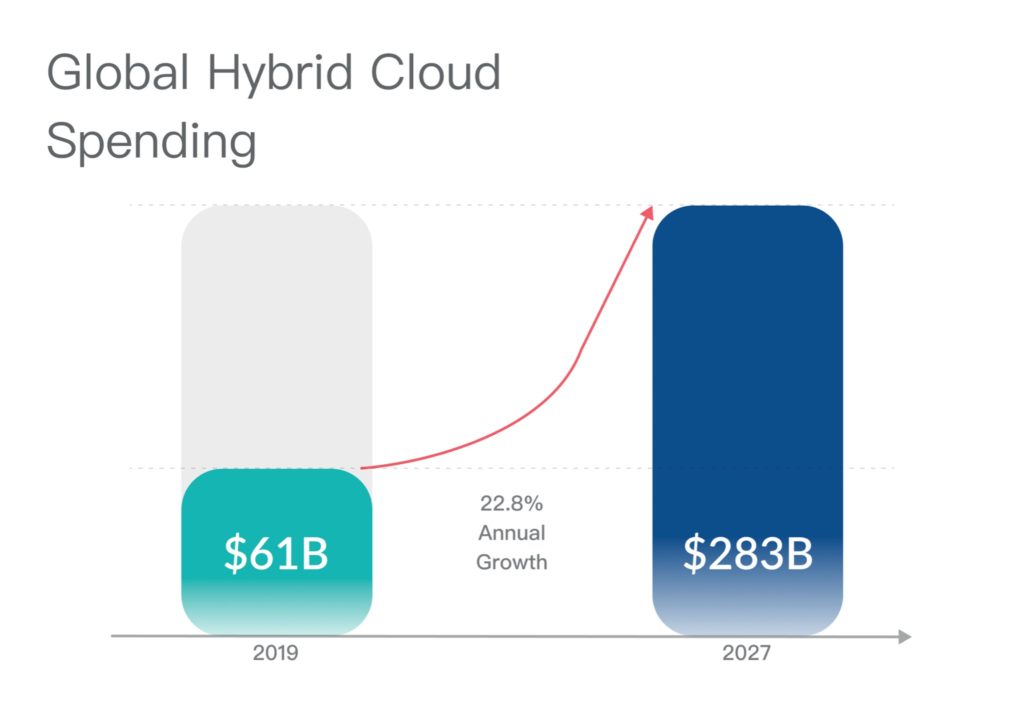
Meanwhile, every month hundreds of thousands of searches are typed in Google by VMware administrators seeking answers to configuration challenges ranging from network settings and upgrades to automation, load balancing, and high availability.
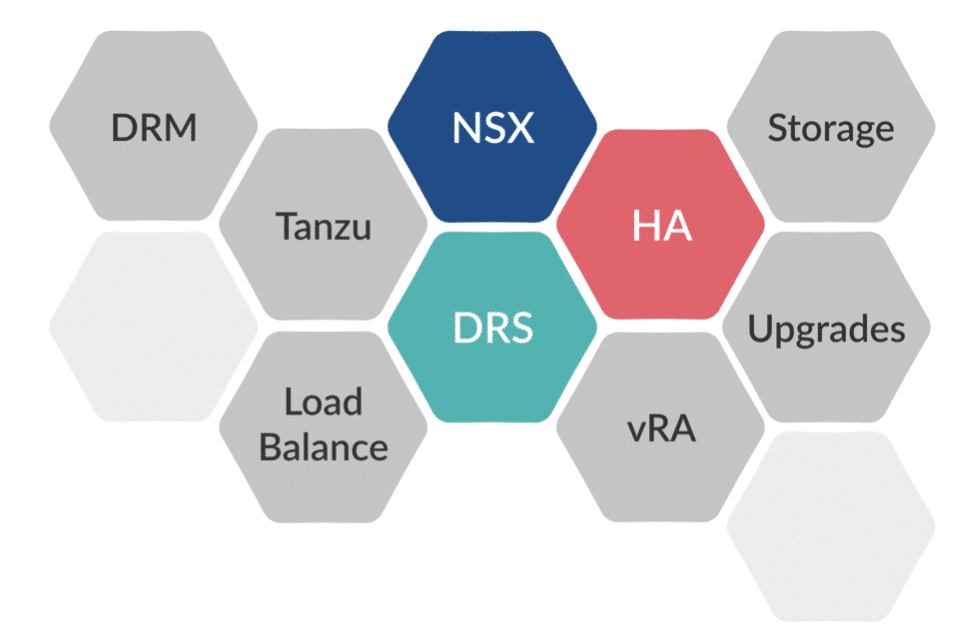
We have devoted this VMware administration guide to the most commonly asked questions and commissioned senior practitioners to share their practical knowledge gained over the years to help new administrators solve everyday configuration challenges.
Related Blogs
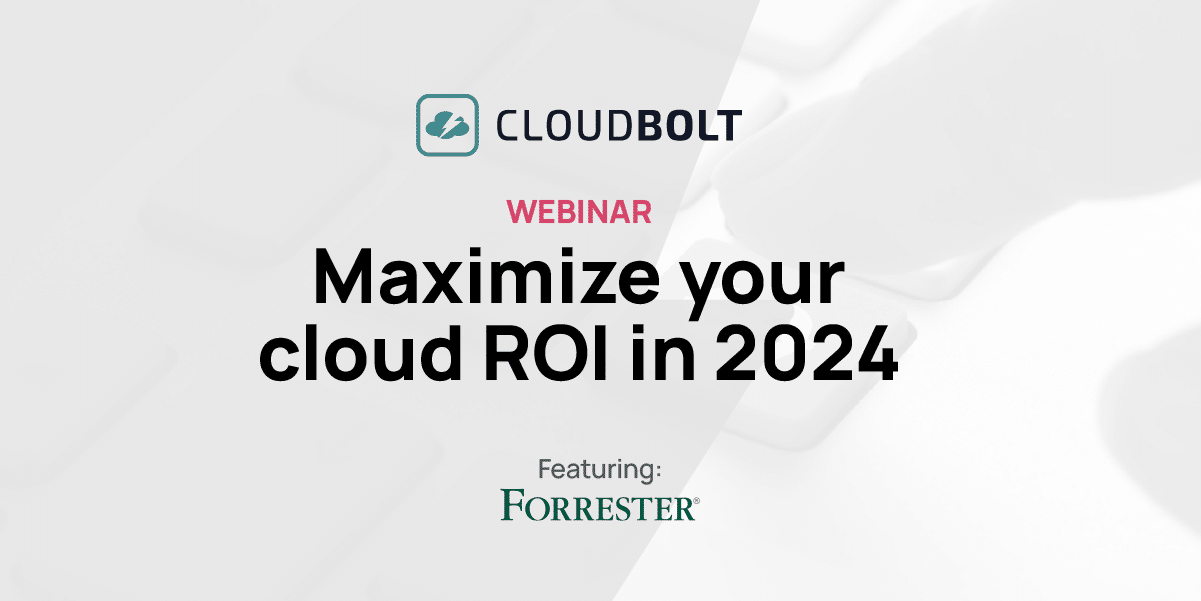
The New FinOps Paradigm: Maximizing Cloud ROI
Featuring guest presenter Tracy Woo, Principal Analyst at Forrester Research In a world where 98% of enterprises are embracing FinOps,…


